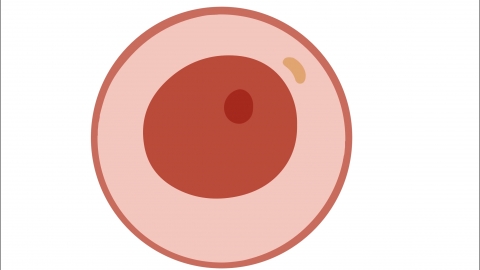How is the egg retrieval process performed?
Generally, oocyte retrieval refers to the oocyte retrieval procedure, which includes steps such as information verification, vaginal cleansing, puncture preparation, surgical operation, and postoperative observation. It is recommended to visit a formal hospital to ensure the safety and professionalism of the oocyte retrieval procedure. The detailed steps are as follows:

1. Information Verification
Prior to the oocyte retrieval procedure, medical staff will first verify the patient's information to ensure accuracy of the medical records. The patient will be asked to empty their bladder and assume the lithotomy position, followed by the placement of sterile drapes in preparation for surgery.
2. Vaginal Cleansing
To prevent infection, the vagina and external genitalia must be disinfected using iodophor before oocyte retrieval. After disinfection, the vagina and external genitalia will be thoroughly rinsed repeatedly with sterile normal saline to ensure cleanliness of the surgical area.
3. Puncture Preparation
The surgical team will prepare the necessary surgical instruments, such as speculum and puncture needle. Additionally, the vacuum pump's negative pressure will be adjusted to ensure smooth outflow of follicular fluid during the puncture while avoiding damage to the oocytes.
4. Surgical Operation
At the beginning of the procedure, the doctor will use a speculum to expose the vagina and cervix, then place a latex sheath over the vaginal ultrasound probe and insert the loaded puncture needle into the vagina. The puncture path should avoid organs such as the uterine muscle layer, bladder, blood vessels, and intestines as much as possible. Once the path is determined, the physician will proceed with the puncture, retrieving oocytes one by one from the nearest to the farthest follicle. Meanwhile, the collected follicular fluid will be sent to the laboratory, where professionals will isolate and collect the oocytes.
5. Postoperative Observation
After the procedure, the physician will perform a pelvic ultrasound scan to check for internal bleeding and assess the thickness of the endometrium. Postoperatively, the vaginal blood residue will be wiped away using sterile gauze. The patient will be transferred to the observation room, asked to rest in bed for a period of time, and monitored for vital signs such as urine color. If there are no abnormalities, the patient can be discharged from the hospital.
After oocyte retrieval, patients should ensure adequate rest and avoid strenuous activities. It is recommended to consume more high-protein foods, such as milk and fish soup, to help prevent possible complications. Maintaining external genital hygiene is important, and tub bathing and swimming should be avoided to prevent infection.




